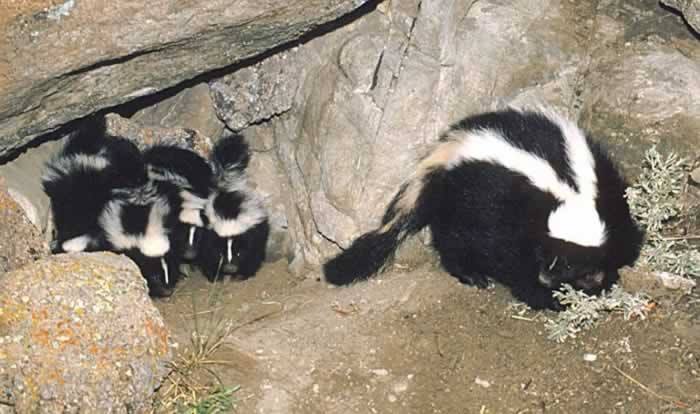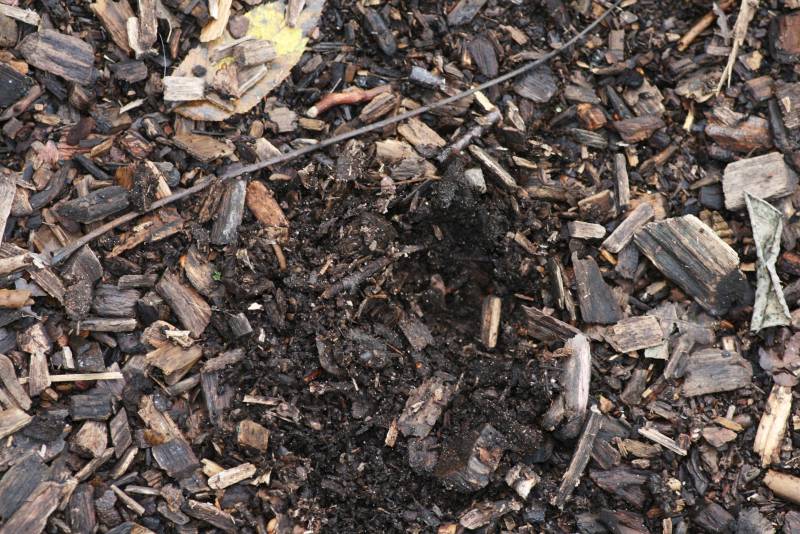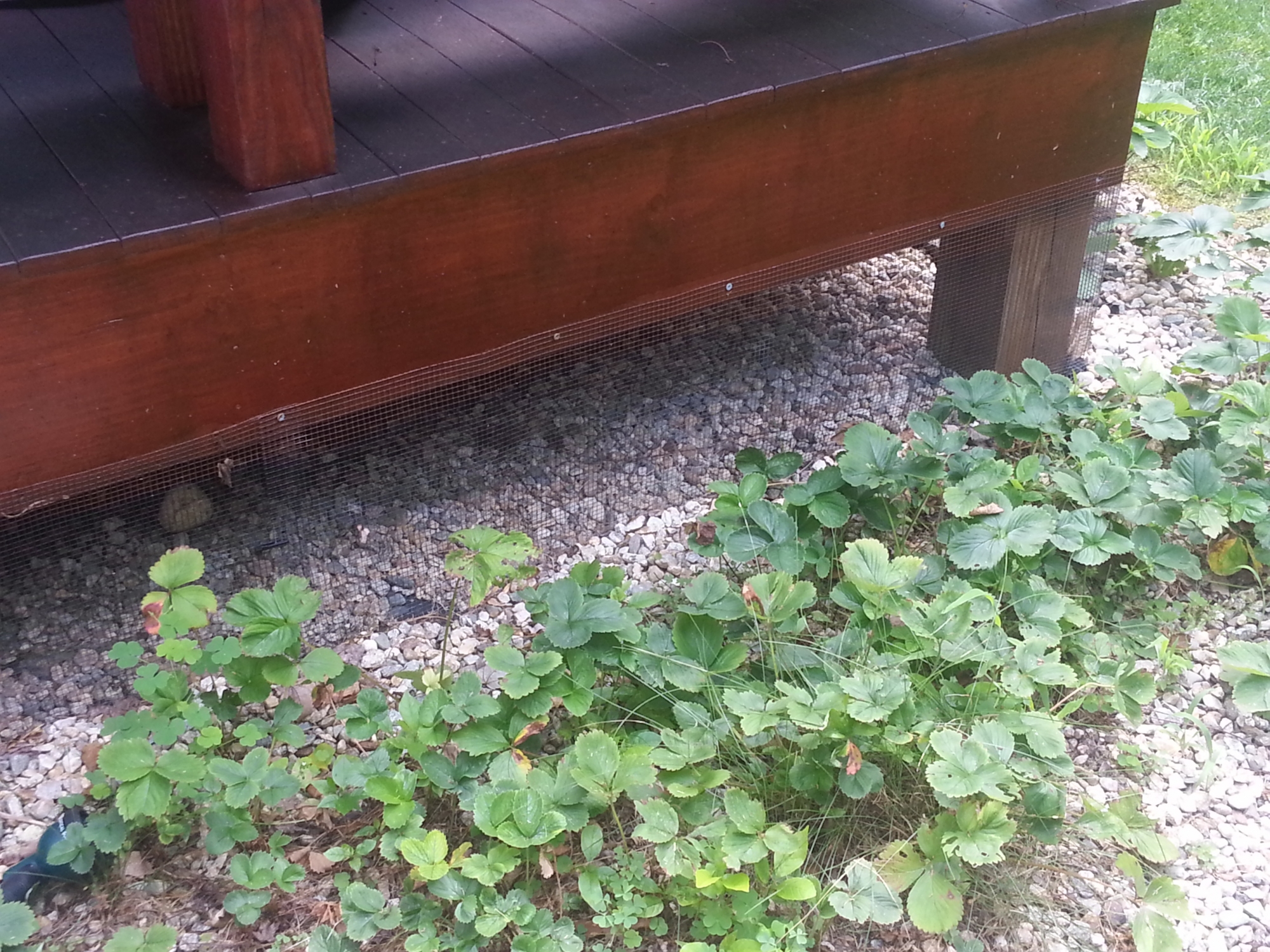For September and into October, you might wake up in the morning to a distinct aroma, and it’s not Folgers in your cup. Autumn is one of the most active times of year for skunks. The critter is foraging for food to build fat reserves to survive the cold Massachusetts winter.
Signs of Skunk Activity in the Fall

Skunk Smell
The most common sign of a skunk in your yard is the smell. It’s hard to miss. Skunk spray smells like rotten eggs, burning rubber, and rancid garlic.
Skunk Holes

Skunk holes are another easily identifiable sign. When skunks forage in lawns, it can often look like someone ran a rototiller across your yard. October is the wettest month in Boston. The rain saturates the soil and brings earthworms to the surface, providing easy access to a food source for skunks.
Skunk Burrows
Skunks do not hibernate, but they do enter a state of torpor during the winter. During long stretches of freezeing weather, they’ll enter a state of inactivity in their den. So skunks don’t just disappear when it gets cold.
If there’s a warmer day during the winter, skunks will reemerge, and you might smell a skunk when you least expect it.
Skunks’ burrows are often found under buildings, sheds, porches, decks, and even concrete foundations. Their dens and tunnels are marked by freshly excavated dirt and a strong odor. Holes dug by skunks for food are shallower and just a couple of inches in diameter.
Tracks and Droppings

Tracks and droppings can be a little harder to identify. The footprints they leave behind aren’t as easy to distinguish from other animals. Raccoon and skunk tracks are similar, as both pests have five toes. Because both are nocturnal, homeowners are unlikely to see them during the day.
Skunk poop looks like cat poop. Skunk scat is tube-shaped with blunt ends and a smooth surface. The only way to differentiate between feline and skunk feces is to look inside. Unlike cats, skunks eat fruit, berries, and insects, which are visible in their scat.
Why Are Skunks in My Yard?
Skunks thrive in Boston neighborhoods because people unintentionally provide food and shelter. In suburban settings, decks, porches, sheds, woodpiles, and crawl spaces offer safe denning sites.
A skunk diet includes bird seed, pet food, unsecured trash, compost piles, and insects in the yard. Lawns, especially newly created ones, are beautiful to skunks, as they tend to be heavily watered and loaded with worms and grubs.
Four Ways to Keep Skunks Out of Your Yard in Boston
Do Not Feed Skunks
Feeding skunks is not advised, as this can cause them to lose their fear of humans and cause many skunks to concentrate in a single area, which can heighten the risk of diseases and parasites being spread. To this end, if you have pets, feed them inside, or clean up any spilled or uneaten food before dusk. Keep pet food stored in secure containers.
Block Access to Denning Sites

Don’t let skunks get comfortable on your property. Once the skunks have established a winter den, it can be more difficult to trap and remove them. Block access to your porch, shed, and crawlspace.
Close off these areas with ¼-inch hardware cloth, boards, or metal flashing. Make all connections flush and secure, and you’ll keep out smaller animals like mice and rats, too.
Protect Your Lawn
Lawns—especially newly created ones—are immensely attractive to skunks because of the access to water and food sources. New lawns tend to be heavily watered and loaded with insect larvae, worms, and grubs.
Skunk lawn damage looks like small holes. To prevent this, lay down 1-inch mesh chicken wire where grubs are present. Secure it with stakes or heavy stones. Alternatively, sprinkle cayenne pepper or commercial dog and cat repellent over dig-prone areas during dry weather.
Call Trutech In to Get Skunks Out
The best way to trap a skunk without getting sprayed is to call the wildlife experts in Boston, Trutech Wildlife Service. Not only that, skunks are one of the most common animals in Massachusetts to carry rabies. Do not handle a skunk!

